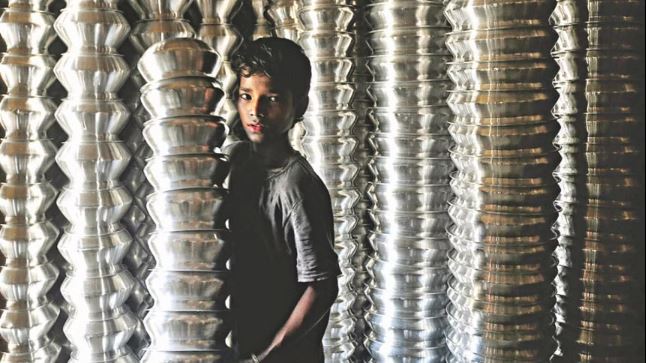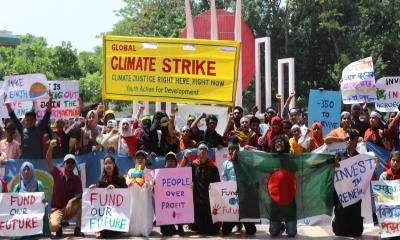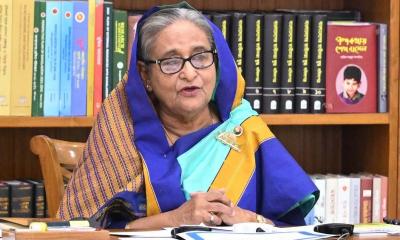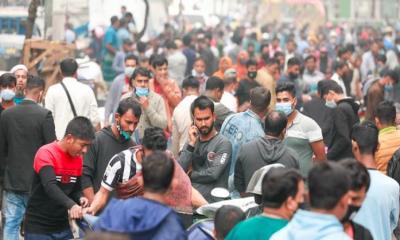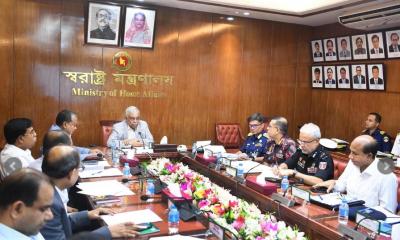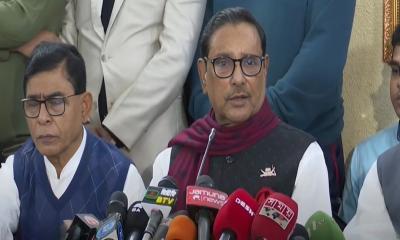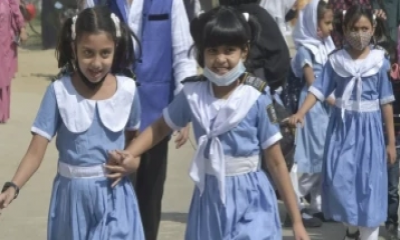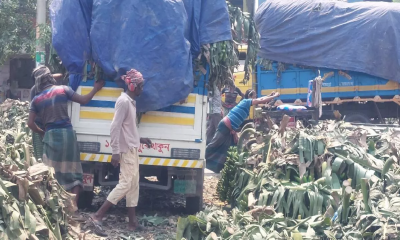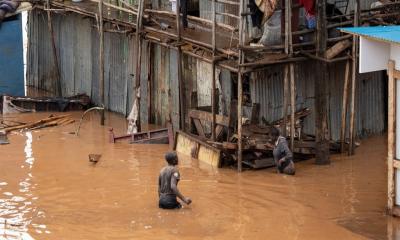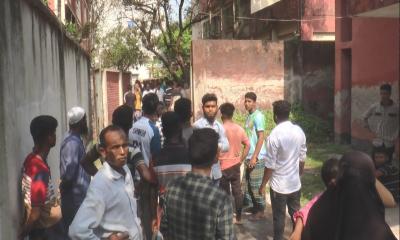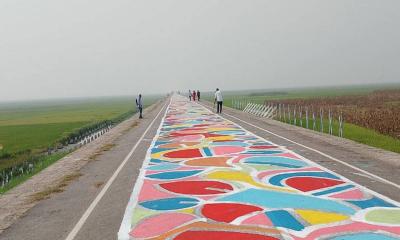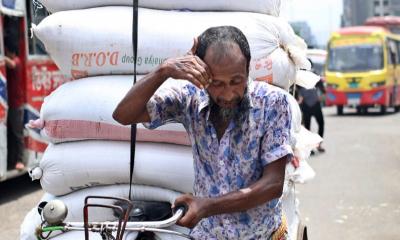Around 160 million children or almost one in every 10 children worldwide do not attend school and instead work to support their families.
The International Labour Organization (ILO) revealed these shocking figures on Monday in observance of World Day Against Child Labor as a reminder of the critical need to put a stop to this practice.
ILO’s Director-General Gilbert Houngbo said that for the first time in 20 years, child labour is on the rise.
“Child labour rarely happens because parents are bad, or do not care. Rather, it springs from a lack of social justice,” he said.
Houngbo stressed on Twitter that the “most effective solutions” to the child labour emergency are decent work for adults, so that they can provide for their families, and improved social protection.
He also emphasized that in order to address the main causes of child labor, it is necessary to end forced labor, establish safe and healthy workplaces, for employees to organize and have their views heard, and eliminate discrimination because child labor frequently affects the most vulnerable groups.
More than half of all children who are forced to child labor—roughly 86.6 million people—live in sub-Saharan Africa, according to research conducted jointly by the ILO and the UN Children`s Fund (UNICEF).
Almost 24 per cent of all children in the region, or close to one in four, are in child labour.
Most of those in child labour on the African continent, and indeed worldwide, work in agriculture. The UN’s Food and Agriculture Organization (FAO) said on Monday that agriculture accounts for 70 per cent of child labour globally and that the numbers of youngsters working in the sector are on the rise.
FAO stressed that child labour was three times more prevalent among rural smallholders in farming, fisheries or forestry than in urban areas.
The agency emphasized that children often assist their parents in producing crops, rearing livestock or catching fish, “mainly for family consumption”, and that while not all this work is considered child labour, “for too many children, their work, particularly in agriculture, goes beyond the limits of safety and well-being and crosses into a form of labour that can harm their health or educational opportunities”.
FAO underscored the need to tackle the issue “from the field right up to the global level, to ensure that children have a childhood”.
FAO has also developed a framework on ending child labour in agriculture, aiming to provide guidance to policymakers, and has supported countries such as Uganda and Cabo Verde in developing prevention policies.


